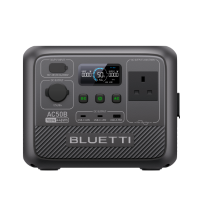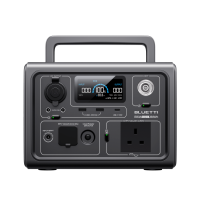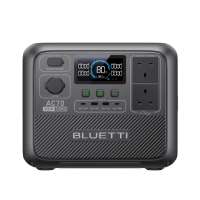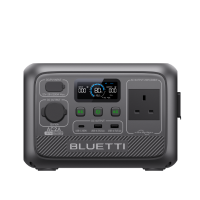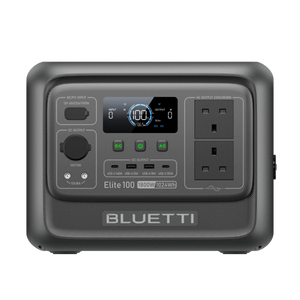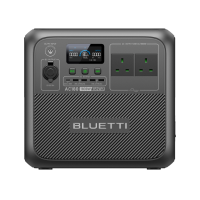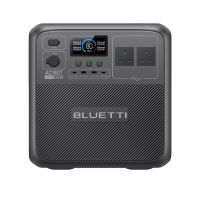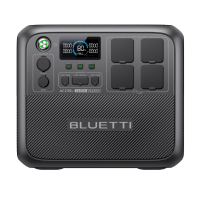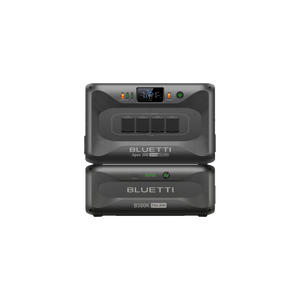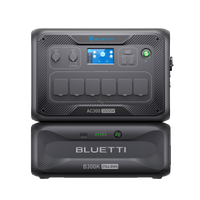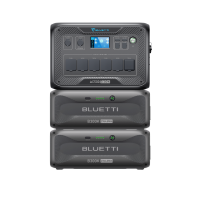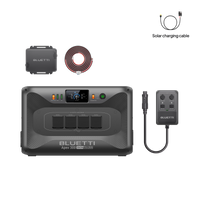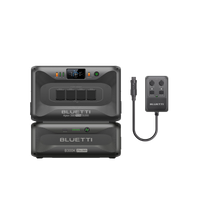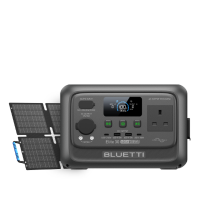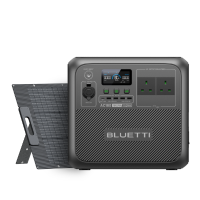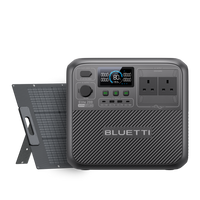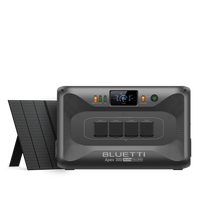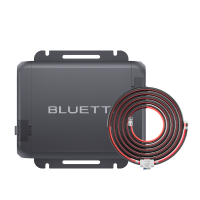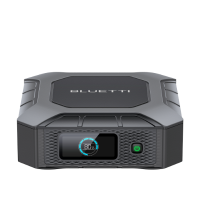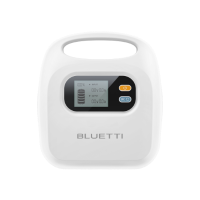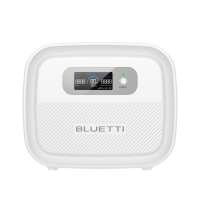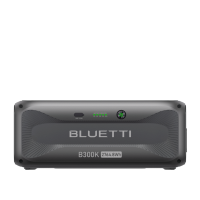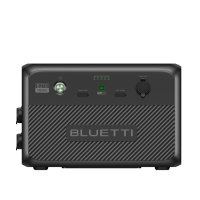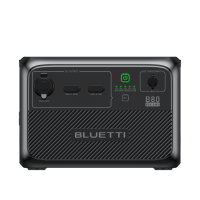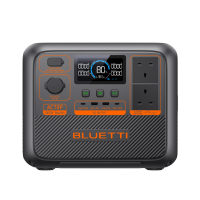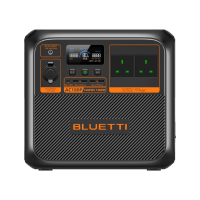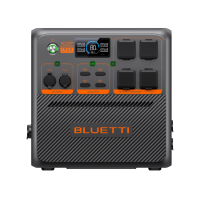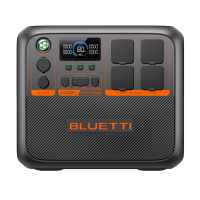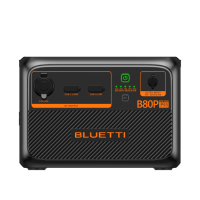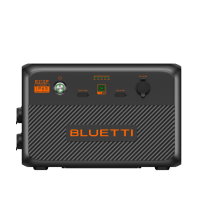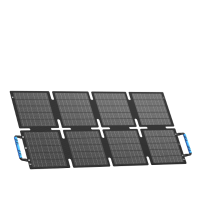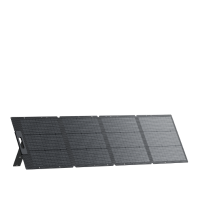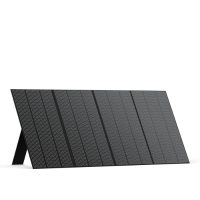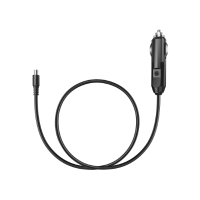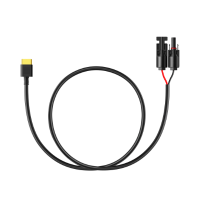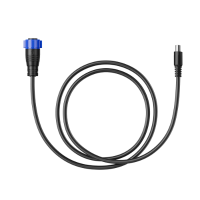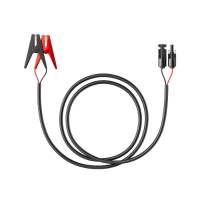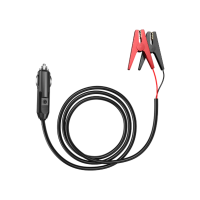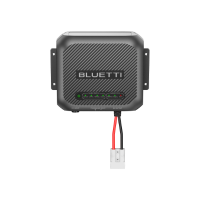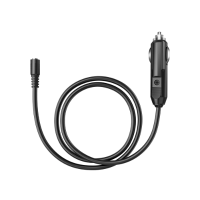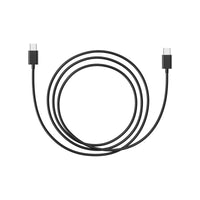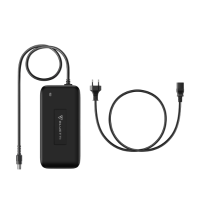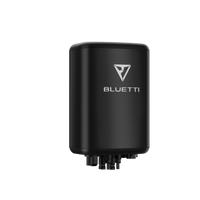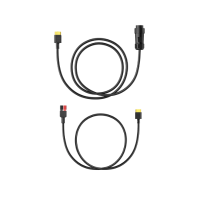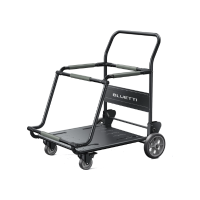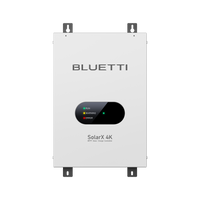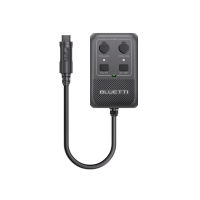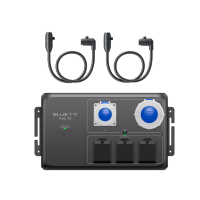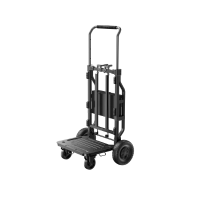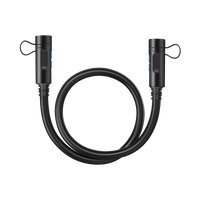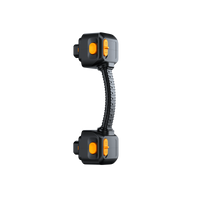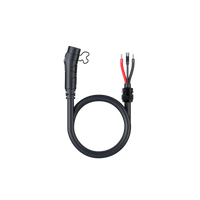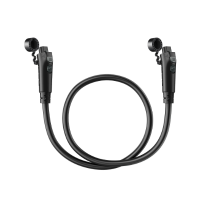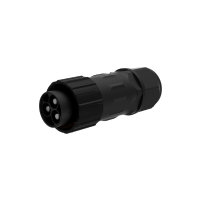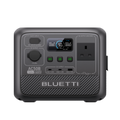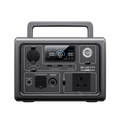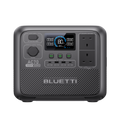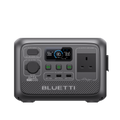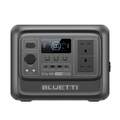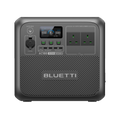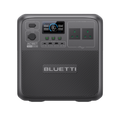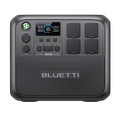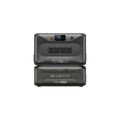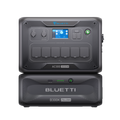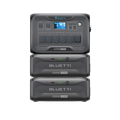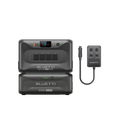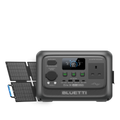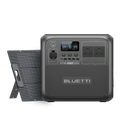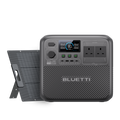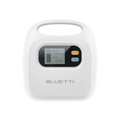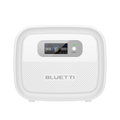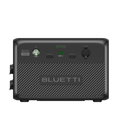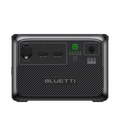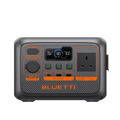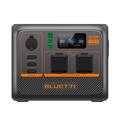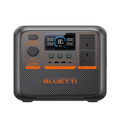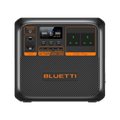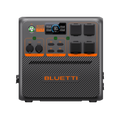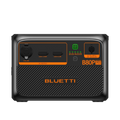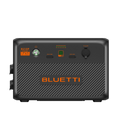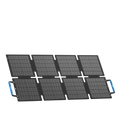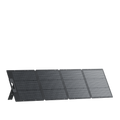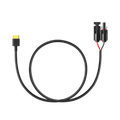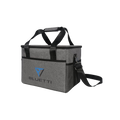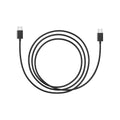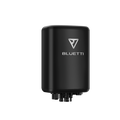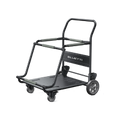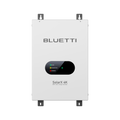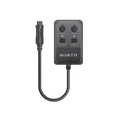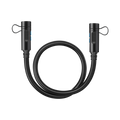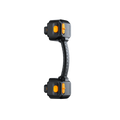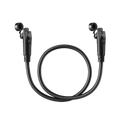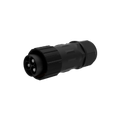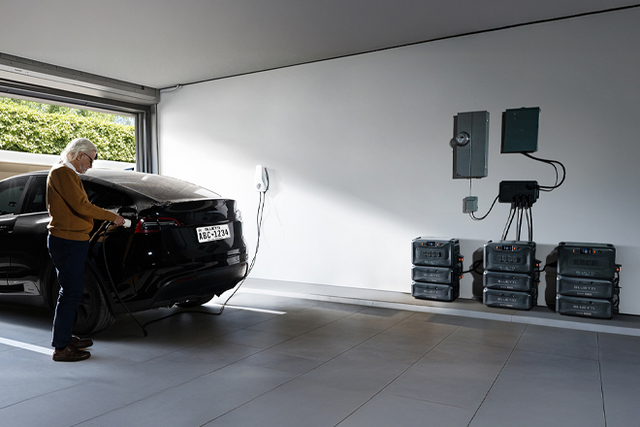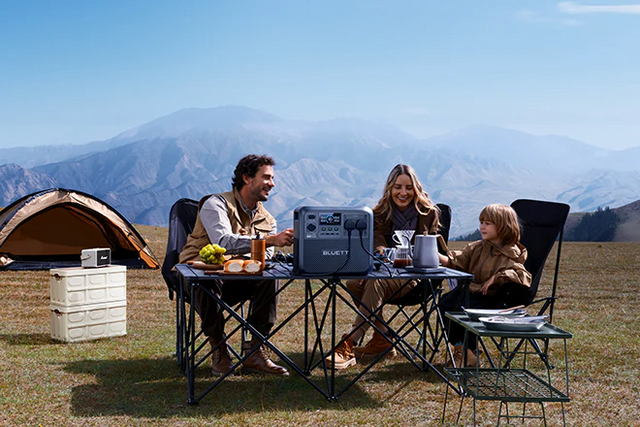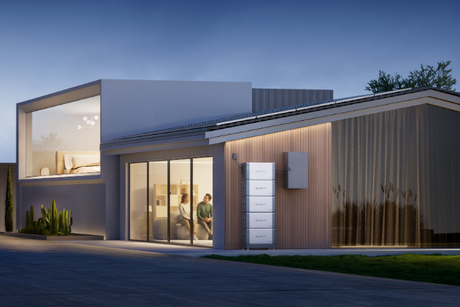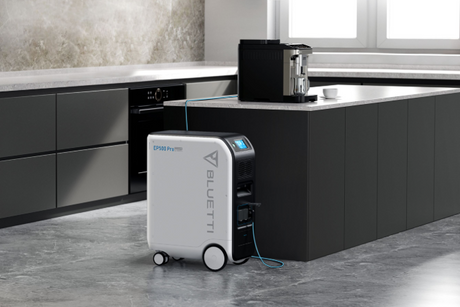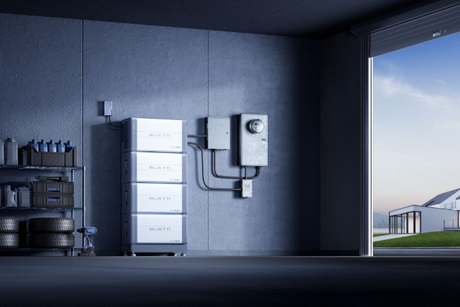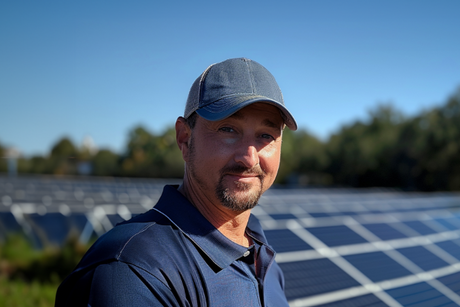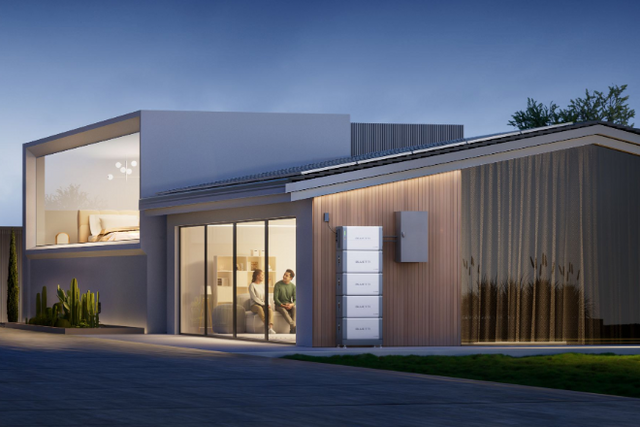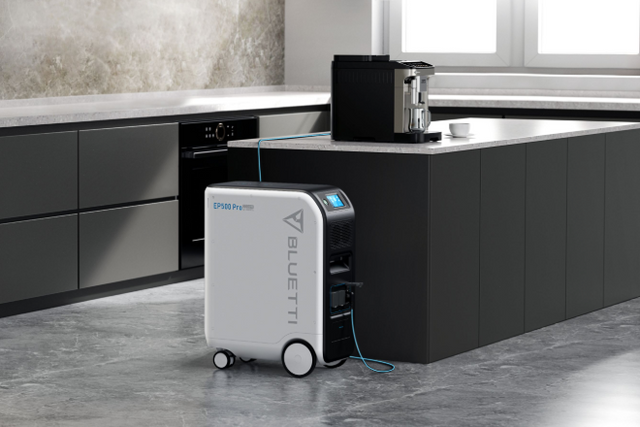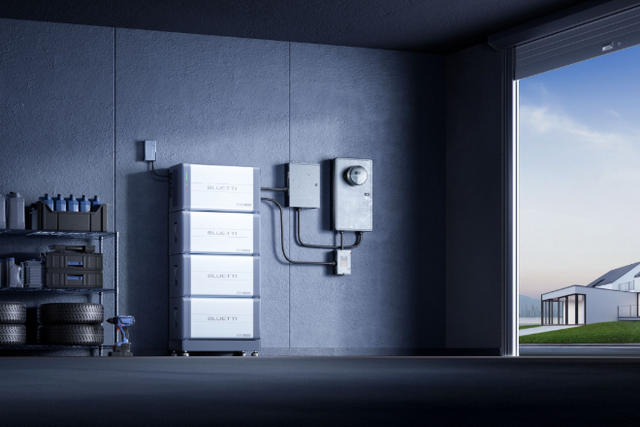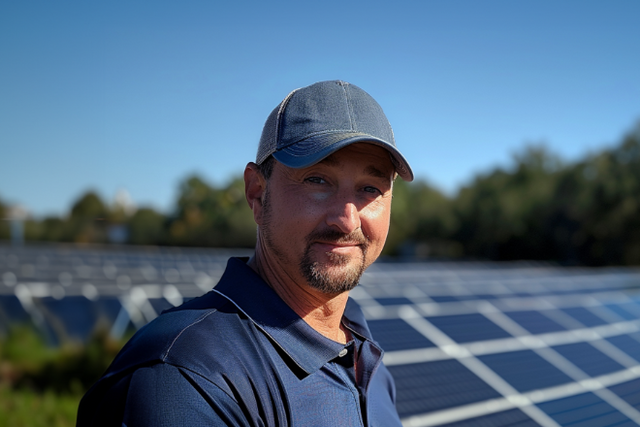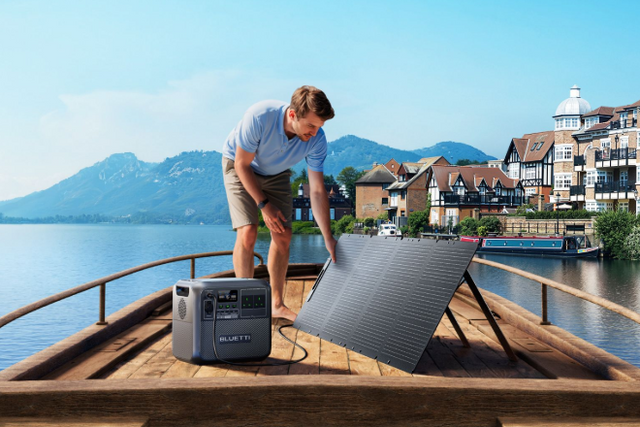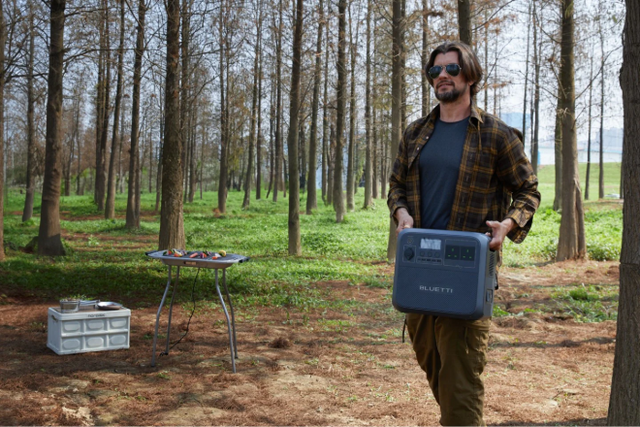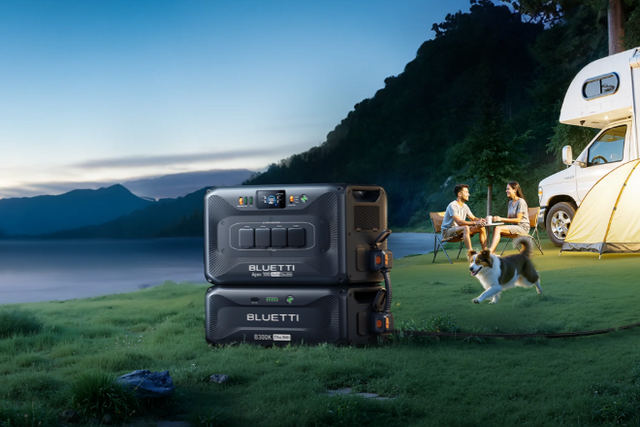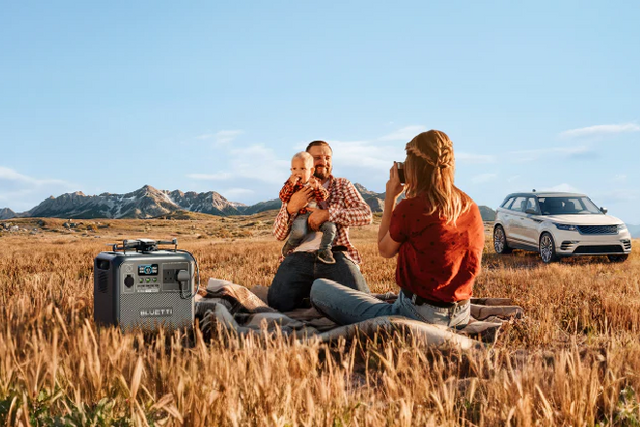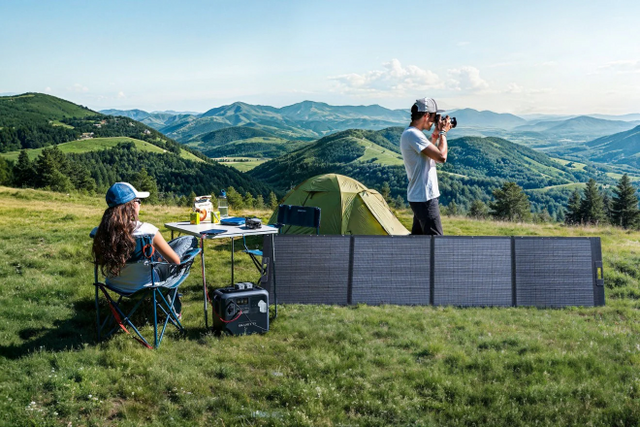If you’re considering investing in a solar power set-up and wondering what the best angle for solar panels in the UK is - you’ve come to the right place!
Many people incorrectly assume that solar power isn’t a worthwhile investment in Britain, owing to our climate and irregular sunshine, but on the contrary, nothing can be further from the truth.
However, the aptitude of your set-up depends on multiple factors, including the angle and the best direction for solar panels on UK homes, and more - all of which we will cover in this article.
In terms of degrees, you will need to make sure your panels are tilted somewhere between 20-50 degrees (the exact degree depends on the latitude of your home) and that they are vertically tilted. This will ensure your panels are receiving the most sun rays to provide a decent amount of solar energy.
If you have a flat roof and are worried that you won’t be able to tilt your panels vertically, not to worry, you can invest in a mountain system which will allow for movement.
What is the Best Direction for Solar Panels in the UK?
Wherever you’re based in the world, the direction you should point your panels at depends entirely on the latitude of that location. This will help you find the best angle for solar panels in your UK home.
For UK homes, your best bet is to have them facing south so that they can receive photovoltaic rays all through the day (remember that the sun rises in the east and sets in the west, so having them facing south gets the best of both worlds).
The rule with solar panels and direction is homes in the northern hemisphere need to face them south and homes in the southern hemisphere need to face them north (so bear that in mind if you invest in a holiday home in sunny South Africa!).
Why You Need to Angle Solar Panels in the UK
Britain’s sunniness is, at best, intermittent, so it’s important to try and get the best out of what sunshine we get. Once you’ve found the perfect angle for your panels, you will find they:
- Optimise themselves to receive ample sunshine in the morning and afternoon (and well into the evening in the summertime).
- Make the solar system as a whole more effective.
- Guarantee more money is saved on your electricity bill by as much as 54%.
- Ensure the panels stay clean and debris-free, as the rain will wash away most dirt or leaves, etc.
While you will receive solar energy irrespective of what direction your panels are pointed in, facing them in the wrong direction for your location will lessen the amount of power you receive.
An example:
|
Location |
Optimal Orientation |
Optimal Slope |
Average Annual Output (in kWh) Without Panels |
Expected Annual Output (in kWh) With Panels |
|
London, UK |
Southwards |
35 Degrees |
3,780 |
945 |
Solar Panels & Mounting Systems
To achieve south-facing solar panels, this may mean you will need to rig up a mounting system on the roof or outside wall of your home, depending on your personal set-up. While this may not look as subtle as panels attached directly to the roof, it is well worth doing to maximise the power they generate.
This will ensure you find the best angle for your solar panels in your UK home.
Should You Change the Panels’ Direction Per Season?
Because the sun’s latitude in the UK shifts throughout the seasons, it can be worth tweaking the angle (in terms of degrees) to ensure maximum PV (photovoltaic) exposure throughout the year.
During the summer, particularly during the summer solstice (21st June), the sun’s latitude will be at its highest, and during the winter, particularly around the winter solstice (21st December), its latitude will be at its lowest.
Here is an indicator of the ideal angle per season, with you will need to calculate per the latitude of your home’s location:
90 – [your latitude] + 23 (winter)
90 – [your latitude] – 23 (summer)
Other Considerations
So your home’s roof is south-facing, or you’ve found the ultimate spot to rig a mounting system so that you can angle the panels in the direction of the south. Now what? Does this mean you’re good to go for unrelenting PV exposure for seamless solar energy?
Not necessarily. There are a few other factors to consider to ensure you get the best out of your panels - even if they are south-facing.

Panel Angle Tweaking
The axis of the earth is tilted, so the sun’s distance slowly shifts throughout the year, and because of this, it’s wise not to angle your solar panel at your designated degree and then leave it for the rest of its days.
To ensure maximum energy throughout the year, it’s recommended that you tweak the degree throughout the year - if this is doable (if not, don’t worry too much, you will still receive power generated from your panels).
Keeping on top of the optimum angle throughout the year can increase the energy by as much as five times. When and by how much you tweak your panel angles depends on your location.
Solar Panels & Walls
Some properties aren’t able to house panels on the roof for whatever reason (an example would be the roof is obscured by trees, therefore blocking out the sun’s rays), so users opt to mount them on walls instead.
Mounting panels on walls is doable in either a parallel or tilted rig. As with roof panels, you will want to make sure your wall panels are south-facing and angled for optimum charge. And because the panels will be closer to the ground, it is imperative you ensure they won’t be obstructed by shade (trees, other buildings, etc).
While wall panels can be a bit more fiddly to install than roof-based foot-mounted ones, the benefit they have is that they are easier to maintain. For example, they are easier to keep clear of leaf debris, muck, ice, snow, bird poop etc.
Solar Power Calculating Per Your Postcode
If you’re still on the fence as to how much money you will save per annum with a solar system, you can find an accurate percentage by using a solar power calculator.
The sum will be based on the information you provide, particularly your postcode.

Summary
Solar power (or any form of renewable energy) is a good investment for both yourself (and your wallet!) and, of course, the environment.
But knowing where to start when looking into a solar system can be confusing. It’s important to do your research, seek professional advice, and always opt for a reputable retailer that offers a good warranty.
Best Angle For Solar Panels in the UK: FAQs
What angle should solar panels be in the winter?
This depends entirely on where in the UK you are, but an example would be: for south-east homes, a good angle would be circa 28 degrees in the wintertime.
What is the best angle for solar panels on a flat roof?
Most roof-based solar panel set-ups are on tilted roofs, but it is perfectly fine to have them on flat roofs too.
You will need a mounting rig in order to generate maximum energy, and depending on your specific location, most flat roof panels in the UK should be at an angle of around 30 to 40 degrees.
Do solar panels charge enough in the winter in the UK?
UK winters put a lot of prospective solar power customers off because they are long, dark, and bleak.
But yes, your panels will still help you generate electricity throughout the colder months - providing they are exposed to the sun.
However, they generate less power in the winter owing to the sun setting much earlier than that of the summer, and because of the earth’s axis in the winter, the sun is lower in the sky (which is why tweaking your angle degree throughout the seasons is wise).
Can I have north-facing solar panels?
Yes, north-facing properties will still generate solar energy. However, it’s wise, if possible, to pitch your panels on the roof slope to try and angle them south.
If this isn’t possible, or you are worried it will be too ineffective, look into wall or ground panels - just be mindful of shade.
How to calculate the optimal solar panel angle in the UK?
When working out the ideal angle for your panels, just keep in mind the ‘rule of 15’. This means you need to know your home’s latitude, and then add 15 degrees to that figure in the winter and subtract 15 degrees in the summer.
Depending on your budget, if you don’t wish to keep up with the task of tweaking your angle throughout the year (or calculating the latitude), you can opt for panels that follow the sun as it makes its journey across the sky.


